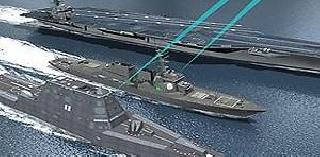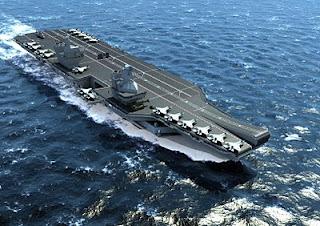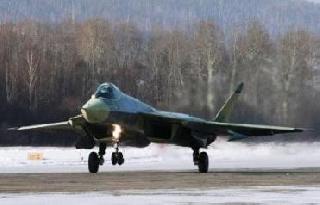
BANGALORE (PTI): India plans to develop new-generation Electronic Warfare (EW) systems to be fitted on Unmanned Aerial Vehicles, aircraft and satellites that would help it see "deep inside enemy territories", a key defence research and development official said here Friday.
Chief Controller, Research and Development (Electronics and Computer Sciences), Defence Research and Development Organisation (DRDO), R Sreehari Rao, said the present EW system, especially ground-based ones fitted on naval platforms have got "limited range" (10-20 km) and "can't intercept beyond the line of sight".
He noted that EW systems (to be) fitted on higher platforms like UAVs, aircraft and satellites would give "very long range". The ones on UAVs and aircraft would give the country a 400-500 kms range capability and those on satellites "much longer range".
"We can see deep inside enemy territories. We have plans to go in for higher platforms", Rao told reporters in response to questions ahead of the second international conference on electronic warfare, which will be formally inaugurated here Wednesday.
He also said a prototype of synthetic aperture radar, development of which is being pursued by DRDO constituent lab, Electronics and Radar Development Establishment would be flight-tested on a Dornier aircraft this year.
Director (R&D) of Bharat Electronics Limited, I V Sarma said the navratna defence electronics company expects India's armed forces -- Army, Airforce and Navy -- to buy EW systems to the tune of Rs 25,000 crore in the next eight to 10 years.
Army and Air Force are anticipated to induct such products valued at Rs 10,000 crore each and the Navy Rs 5,000-Rs 7,000 crore during the time-frame, he said, pointing to upgrade programmes of MiG-29 and Sukhoi and new EW suites for Light Combat Aircraft and light attack helicopter, as also the Navy.
Sarma said BEL would instal 10 coastal surveillance stations, mostly on the western border, by next month-end. As many as 36 more such stations in other "critical and sensitive" places all along the coast would be in place by December this year.
Bangalore-headquartered BEL has bagged a Rs 600 crore order in this context, he said.
"They (surveillance stations) provide surveillance on any vessels coming to territorial waters up to 20 kms....
anything entering with 20 km range", Sarma said, adding, one would be able to visually see as to what happens within the 20 kms range with the help of electro-optic surveillance system.
Regional centres would come up to monitor the coast, while there would be a control centre in Delhi, from where things can be monitored on what's happening within 20 km of territorial water from coastal regions, he said.
 Previous Article
Previous Article Next Article
Next Article












The Indian Air Force, in its flight trials evaluation report submitted before the Defence Ministry l..
view articleAn insight into the Medium Multi-Role Combat Aircraft competition...
view articleSky enthusiasts can now spot the International Space Station (ISS) commanded by Indian-American astr..
view article